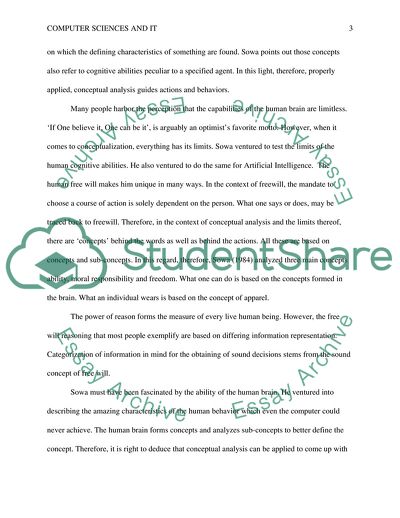Cite this document
(The Limits of Conceptualization Essay Example | Topics and Well Written Essays - 2500 words - 1, n.d.)
The Limits of Conceptualization Essay Example | Topics and Well Written Essays - 2500 words - 1. https://studentshare.org/information-technology/1808341-conceptual-analysis
The Limits of Conceptualization Essay Example | Topics and Well Written Essays - 2500 words - 1. https://studentshare.org/information-technology/1808341-conceptual-analysis
(The Limits of Conceptualization Essay Example | Topics and Well Written Essays - 2500 Words - 1)
The Limits of Conceptualization Essay Example | Topics and Well Written Essays - 2500 Words - 1. https://studentshare.org/information-technology/1808341-conceptual-analysis.
The Limits of Conceptualization Essay Example | Topics and Well Written Essays - 2500 Words - 1. https://studentshare.org/information-technology/1808341-conceptual-analysis.
“The Limits of Conceptualization Essay Example | Topics and Well Written Essays - 2500 Words - 1”. https://studentshare.org/information-technology/1808341-conceptual-analysis.


